A Housing Estate in Middle England
by Alan Gomersall
I began my BBS surveys in 1996 after several exhortations from the BTO during 1994 and 1995. Although I was still working full time which meant commuting to and from London, I was attracted to the idea of a gentle weekend walk through the local Bedfordshire woodland or fields on, hopefully, beautiful spring mornings whilst contributing to essential data on our local bird life.
Alas for those hopes as when my random grid square arrived I found that I had drawn the short straw – my square was a high density housing estate made up of a mixture of small council and private properties with busy urban roads to the north and south and school playing fields to the east.
My preliminary survey of the terrain raised my hopes a little as the estate did contain a number of hedgerows and small woodland areas, and a small brook ran through the square. However, I soon realised that I would not be able to walk in a straight line along any transects. The estate was a rabbit warren of winding footpaths in all directions between various blocks of houses in the square, and my transects would predominantly have to be along a narrow gauge railway line in one direction and alongside the brook on the return journey, with a detour to finish in the local municipal cemetery where there was a seat! Nevertheless I have managed to stick to exactly the same route throughout the years.
On my first survey morning I encountered various hazards not normally experienced by those BBS participants meandering along country lanes or striding across ‘sunlit uplands’. The first was dogs! I learnt very quickly that the smaller the house the larger the dog, which found a strange man, clad in boots and anorak, and equipped with binoculars and clipboard, of enormous interest and occasionally ripe for a show of aggression.
The second hazard was the suspicion of the inhabitants of the housing estate! No wonder. There I was – striding down footpaths at 6am within a few feet of the houses with binoculars trained at times on the roofs (or as some clearly believed - their upstairs windows) and then making entries on my clipboard!
That first year on both the early and late visits I was stopped several times by passers-by who demanded an explanation of what I was about. Eighteen years later I am still stopped occasionally but usually to tell me that I missed the Kingfisher yesterday or that Red Kites (or in the words of one man - ‘eagle like birds’) had been floating around overhead, or a local resident will stop me just to discuss bird numbers and help with identification. I now seem to be accepted as an interesting, but distinctly odd, visitor.
The species vary little from year to year but there is always a hard core of regulars in really impressive numbers. I wonder where else you could count Starlings in hundreds in the early morning? It has proved almost impossible to count them accurately as they fly in gangs of up to 20 from amongst the houses to and from the playing fields adjoining the square. I have probably counted some at least three or four times in one survey. My figures show that they have declined, but not substantially, and this allows for over counting in the early years of my survey. It is a similar story for the House Sparrow, although numbers are not in the hundreds, and there appears to have been a small decline over the years, but 68 were counted this year and they appeared in every grid square.
There are healthy populations of Blackbirds, Robins, Dunnocks and Blue Tits, Woodpigeons on every roof and tree and Collared Doves abound. Surprisingly I register only a few Great Tits and count as many Song Thrushes, which is encouraging as I have not seen one in my own garden for the last 5 years. Sadly Mistle Thrushes have not been recorded since 2003.
Chaffinches are holding their own and Goldfinches are showing a healthy increase, but Linnets, which I usually observed close to the playing fields in the first few years of my survey have disappeared, and Greenfinches inevitably have declined substantially due to trichomonosis which has decimated their numbers nationally.
In a high density housing estate warblers, regretfully, are not found in every tree but Blackcaps are regular songsters in the few woodland areas and on one occasion I found a Sedge Warbler making its scratching ‘song’ on the top of a bush – hardly a breeding bird in this area though. Both Green and Great Spotted Woodpeckers also make occasional appearances in the cemetery and are likely to be breeding on or close to the survey area.
Water birds are limited to the odd Grey Heron, goose or Cormorant flying over except for a small colony of Mallard which live on the brook, and on most visits I record at least one Moorhen which in 2010 was spotted up a tree – possibly trying to avoid the cats! Herring Gulls and black-backed gulls regularly fly over and settle on the playing fields sometimes in large numbers, but again can hardly constitute breeding species.
There are however a few highlights. Perhaps my favourite example was recording a Grey Wagtail in 2008 perched on a discarded shopping trolley in the brook – a beautiful bird but an unlikely breeder. Birds of prey are also unlikely or very rare breeders but the occasional Sparrowhawk, Kestrel or Buzzard is seen and in 2000 a Hobby flashed through.
There are low points of course. For the first time this year I did not see a single Swift or House Martin, a Kingfisher has not been seen since 2008 (whatever the local residents tell me), and Coal Tits, Long-tailed Tits, Pied Wagtails, Goldcrests and Wrens appear to be in decline. As other surveyors will have found, with one or two exceptions bird numbers overall have been getting lower as the years have gone by, but the resilience of many species in the face of a less than safe or peaceful environment is remarkable. The local builders also do not help – a stand of trees holding a rookery was demolished some 10 years ago to make room for yet more houses. The weather also appears to affect the number of birds up and about between 6 and 8 am. This year the survey mornings were dull with a hint of rain so the figures show a fall in many species recorded.
The BBS survey has been a truly rewarding experience and I am glad that the initial disappointment of not getting a survey grid in beautiful countryside did not deter me from continuing the work. That first year I did not think that I would ever get excited about recording a few blue tits or blackbirds or just one moorhen, but over the years I have been proved wrong.
I hope that the data I have gathered gives the BTO a detailed picture of the encouraging strength of the bird population in a high density housing estate in middle England over a period of 18 years. If I can continue to face that 5am ‘starting gun’ for another two years I should reach the magical 20!

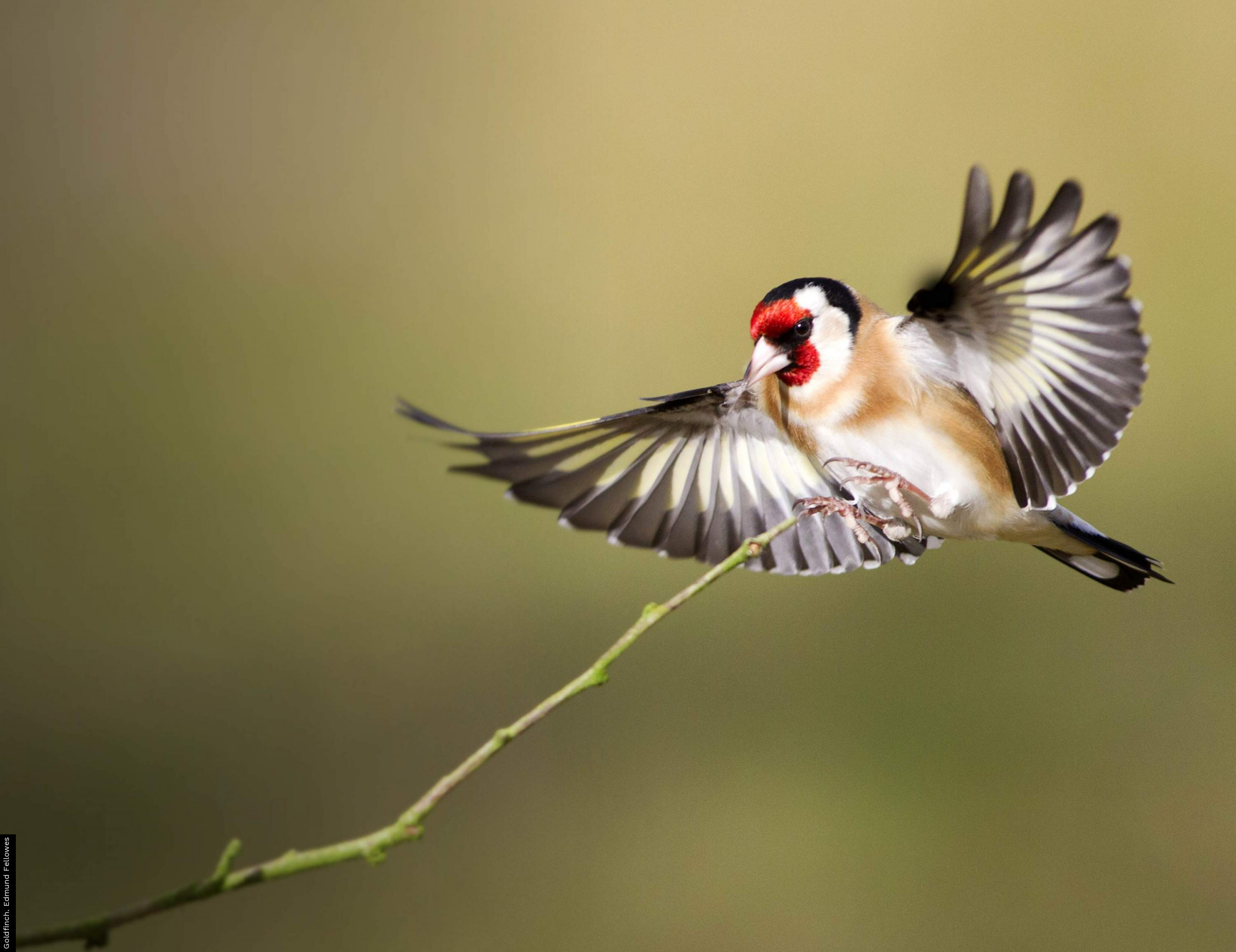
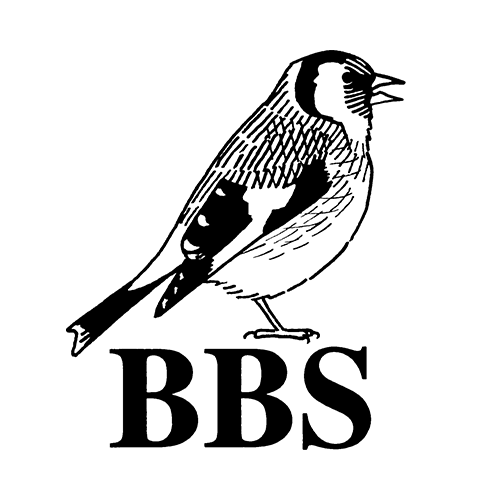



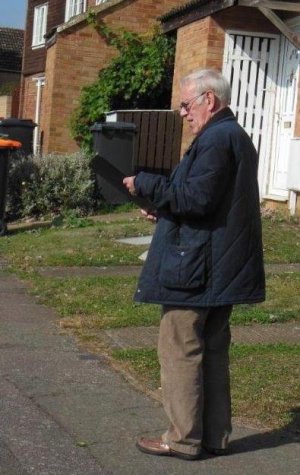
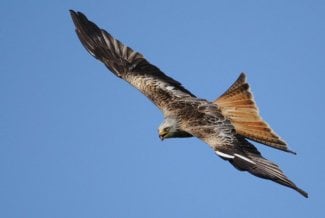
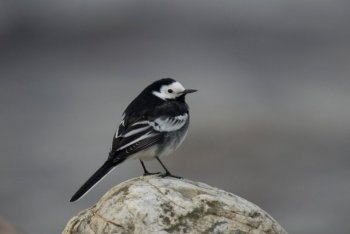




Share this page